Media library
Documentary, graphic and/or audiovisual knowledge objects are offered here, offering information on various sectors and topics. Use the keyword search or search filters to access current audiovisual and documentary knowledge objects useful for your implementation.
If you have any questions or suggestions, please contact us here.
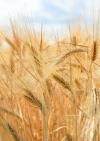
Characterization of the Spanish dairy cattle sector
Document that characterizes the dairy cattle sector in Spain.
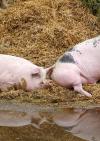
Guide to euthanasia of animals on pig farms
Document that responds to the commitment established in said agreement to develop a standardized work procedure for the slaughter of pigs on farms that includes a review of the reasons that make it advisable to practice euthanasia on animals; management strategies to reduce the need for said practice; systems for stunning and slaughtering pigs on farms and recommendations to producers on said m
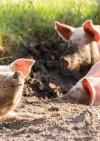
Document on the management of pig farms to prevent tail biting
Document on the management of pig farms to prevent tail biting.

UNE 66500:2017 standard
Standard of minimum requirements for the certification of inputs usable in organic production according to UNE 14250 and UNE 315500 Standards.

UNE 315500:2017 standard
Standard for inputs used in organic plant production. Products for pest and disease management.
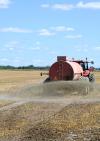
UNE 142500:2017 standard
Standard for inputs that can be used in organic plant production: fertilizers, amendments and growing substrates.
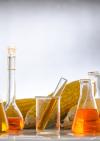
Report on the results of the MAPA official control programs
Report on the results of the official control programmes of the Ministry of Agriculture, Fisheries and Food (MAPA).
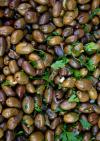
Diagnosis of the table olive sector in Spain
Diagnosis of the table olive sector in Spain.
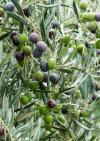
Olive sector sheet
Sectoral factsheet for the olive sector.
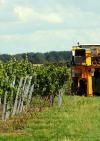
Sectoral information on viticulture
Sectoral information sheet for viticulture.
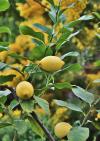
Citrus: Analysis of the production reality 2021
Analysis of the productive reality of different citrus fruits.
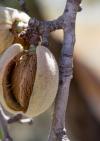
Nuts: Analysis of the production reality 2021
Complete analysis by citrus.
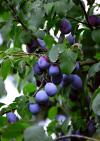
Stone Fruit: Analysis of the production reality 2021
Analysis of the productive reality of different stone fruit trees.
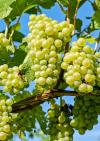
GO VITINNAT. Innovative and sustainable natural solutions for the wine sector.
Implementation of effective natural solutions for the control of vine wood diseases in their effect on crop health and productivity as well as on the quality of the grape and the resulting wine.
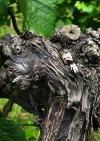
VITICAST Operational Group: Innovative solutions for predicting fungal diseases in grapevines
Innovative solutions (warning tools) for the prediction of fungal diseases in the vineyard for the optimization of production and the sustainable development of grape growing.
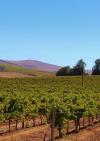
Project for the identification, enhancement and international marketing of minority grape varieties (VINGO)
Innovative solutions to develop viticultural management models aimed at promoting and giving visibility to minority grape varieties.

Use of technologies to assess the health, well-being and productivity of livestock (VIGIASAN)
Development and implementation of technologies and innovations in surveillance in pigs and cattle (extrapolable to other species) to monitor changes in different parameters for the control of diseases in livestock.
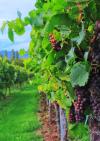
Smart system for diagnosing carbon footprint and mitigating climate change in the wine sector (VID-EXPERT)
Facilitate interoperability and intelligent carbon footprint diagnosis between farmers and wineries to contribute to mitigating climate change in the wine sector.
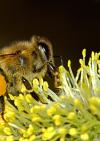
GO Varroaform. Development of an effective formulation for the control and prevention of varroatosis in domestic bees (Apis melifera).
Development and obtaining of an alternative formulation to conventional pesticides from time-controlled release formulations based on natural products with anti-varroa activity.

Holistic solution for monitoring and improving chickpea cultivation through the combined use of sensors and remote sensing (TECONOGAR)
Promoting chickpea cultivation in Spain by providing solutions to the main problems (diseases, weeds) through the use of monitoring technologies, biostimulants and comparing the performance of registered varieties.



